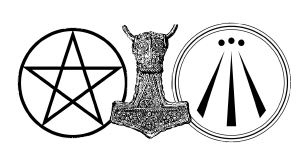

Paganism is an umbrella term for a variety of Earth-centred spiritual paths. We are very diverse, but see the things we have in common as more important than differences in approach. Not all Pagans will agree with everything written here, but share a common feeling that transcends the written word. Pagan paths are rooted in the Earth, born of the Stars, welling up from the Sacred Land. They include Witchcraft, Wicca, Druidry, Heathenry (the Northern Traditions), Egyptian and Classical Traditions, Shamanism, and elements of Hermeticism and Ceremonial Magic.
We honour a variety of gods and goddesses (polytheism) and see spirit as being immanent within matter and the natural world (pantheism or animism, depending on your definitions!). We do not worship or ‘believe in’ these deities, at least in the way these terms are usually meant. We welcome them and communicate with them in meditation, ritual, prayer and awareness. Individuals may engage in devotional activities, from personal dedication to a deity, to the simple creation of altars and shrines for offerings to gods, goddesses, Nature or other spiritual beings. We do not have hard and fast dividing lines between deities, mythic heroes, spirits of place and nature, and ancestors; we use similar techniques to commune with them all.
Similarly, there is a spectrum of belief between acceptance of many, independent gods and goddesses, via different deities being aspects of one Great Goddess and one Great God, to them all being aspects of the human psyche. These may all be true in their own way. What is more important is our relationship to those gods. This diversity is celebrated, as direct experience of the divine is the key, rather than what is written in a book, and everyone’s experience is valid. All the same, myths, stories and poetry are very important to us, as they convey meaning beyond literal communication. Paganism is rooted in the land, in place, and celebrates local traditions and diversity. At the same time, we are born of the stars and search for the perennial wisdom of the Shining Ones. This is not a contradiction, for out of such polarity comes all creation.
We sometimes work on our own, sometimes in groups (covens, lodges, hearths, groves, etc.). The work ranges from personal spiritual growth to magical work for the benefit of others. Magic is influence on oneself or the outside world in accordance with will, and can involve grand ceremony or simply mundane actions done with intent. We celebrate life and have no rules about personal conduct save the challenge of responsibility for the consequences of our actions. There is no part of us, and no part of the cycle of life and death, that is not of the Gods. And the gods evolve with us.
The gods manifest in different ways in different ages and for different people. There was no ancient, universal Mother Goddess, nor a primordial Horned God, but these are important modern, and timeless, manifestations of deity. They do have ancient echoes, of course: for instance, Frey and Freya are Lord and Lady, within a broader polytheism. So, some of us today honour the Lord of the Flint, Lord of Norfolk, and the Lady of the Chalk, Lady of Norfolk. The Divine world speaks to us through the cultural framework we have each built up to attempt to comprehend the world. So, perhaps the Lord of the Flint is there in the figures of Faunus (of whom there was a late-Roman-era cult in Norfolk) or Saint Walstan, and the Lady of the Chalk in Saint Withburga and Our Lady of Walsingham? Dual observance is actually not uncommon in Paganism! (For more on this, see Val Thomas’ book, Of Chalk and Flint: A Way of Norfolk Magic.)
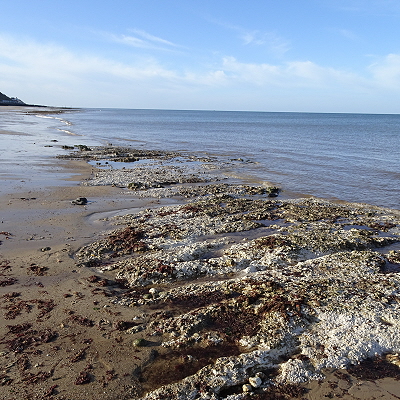
Similarly, Brigid is honoured by many. She is both goddess and saint, and the cult of the latter has allowed Her to spread far and wide from Her Irish roots. Elen of the Ways has become important too, with the Welsh patron of Roman road-building, Saint Helen and the North Sea goddess Nehalennia perhaps combining to form a vessel for the reawakening of a very ancient deer spirit of journeying and pilgrimage.
Others have persisted through the centuries. Thor rides His wagon across the stormy skies and rages in the forge. Odin stalks the blasted heath. Isis swept up many ancient deities in Her syncretic lifeboat and was in turn carried here by Mary. Yet others have arrived more recently, such as Diana, or Hathor envisioned as Lady of the Broads.
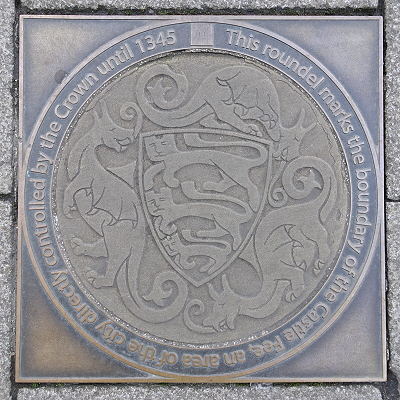
In Norwich we have two polar forces: the Lion and the Dragon. The Lion started as the medieval symbol of royal power in the castle, surrounded by wyverns, but the City took on the Lion, in its look-at-me mercantile pomp, with the wyverns transmuting into the Dragon that weathered the storms of religious change to come down to us as Snap and gaze down from modern murals. The controlling corporate Lion sits contentedly at the heart of the City, whilst the Dragon’s wild, anarchic energy swirls around, bringing the City its prosperity and cultural vigour.
What has been constant throughout the centuries is the rhythm of the Moon and Sun, the tides of the day and of the year, and the call of the wild. The modern Pagan festival Wheel of the Year is made up of ancient and more modern celebrations that together mark the changes in the seasons, as the wheel turns and our lives move on.
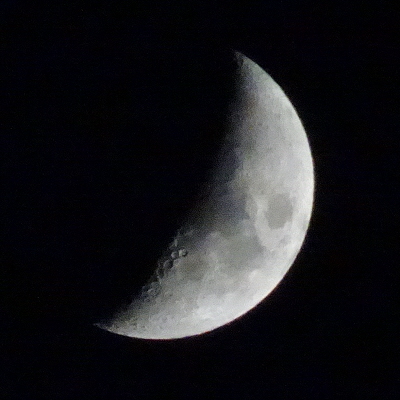
These are the festivals of the Pagan year most commonly observed — although several traditions have others of equal or greater importance.
From the Winter Solstice on 21st/22nd December (Mothers’ Night for Heathens), a season of celebration at the darkest time, as the Sun is reborn, for some of us not ending until Twelfth Night on 5th January, the returning Sun God's coming of-age, start of the Cleansing Tide of the Year. The Druid name, Alban Arthan, means the light of Arthur.
The beginning of February, when the first shoots of green appear, often snowdrops, marking the return of Spring, the cleansing thaw and the rejuvenation of the Lady. Heathens may mark Disablot at about this time.
20th/21st March, start of the Growing Tide of the Year. The Druid name, Alban Eilir, means the light of the Earth. This festival is sometimes called Ostara or Eostre after Bede’s naming of the month (Eostre) and its similarity to ‘Easter’.
Early May, when the first blossom is seen on the May (Hawthorn), marking the beginning of Summer with the sacred marriage of the Lady and Lord.
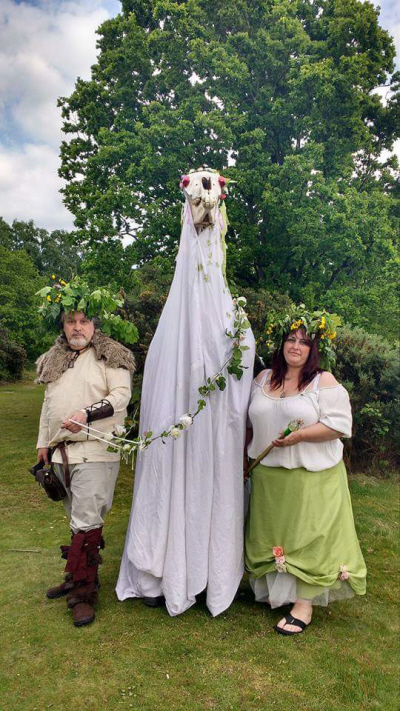
The Summer Solstice on 21st June, and Midsummer Day on the 24th, mark the beginning of the Reaping Tide of the year. The Druid name, Alban Hefin, means the light of the shore. (The festival is sometimes called Litha after Bede’s description of the period as calm or navigable.)
The beginning of August, celebrated at the beginning of the grain harvest, the first of our harvest festivals, a time of personal sacrifice, just as the gods make their sacrifices for our sustenance.
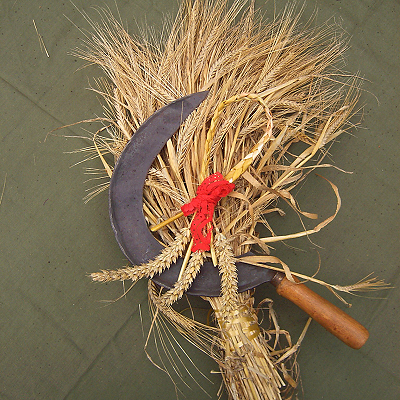
22nd/23rd September, start of the Contemplative Tide of the Year and the time of the berry harvest. The Druid name, Alban Elfed, means the light of the water. (The festival is sometimes called Mabon, following American Wiccan Aidan Kelly, but Mabon is actually a solar hero from Welsh mythology, whose story relates more to Midwinter, as he is taken from His mother’s arms at three days old and imprisoned until Arthur releases Him.)
End of October or early November, when the first real frosts arrive, marking the end of Summer and of the harvest season; a time of communal feasting, contemplation and remembrance. Heathens celebrate Winter Nights at this time.
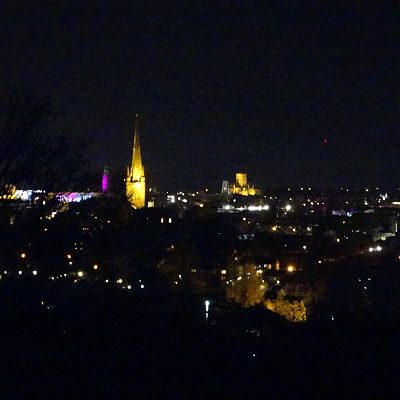
Find further sources of information on the Resources page!
Page written by Chris Wood.